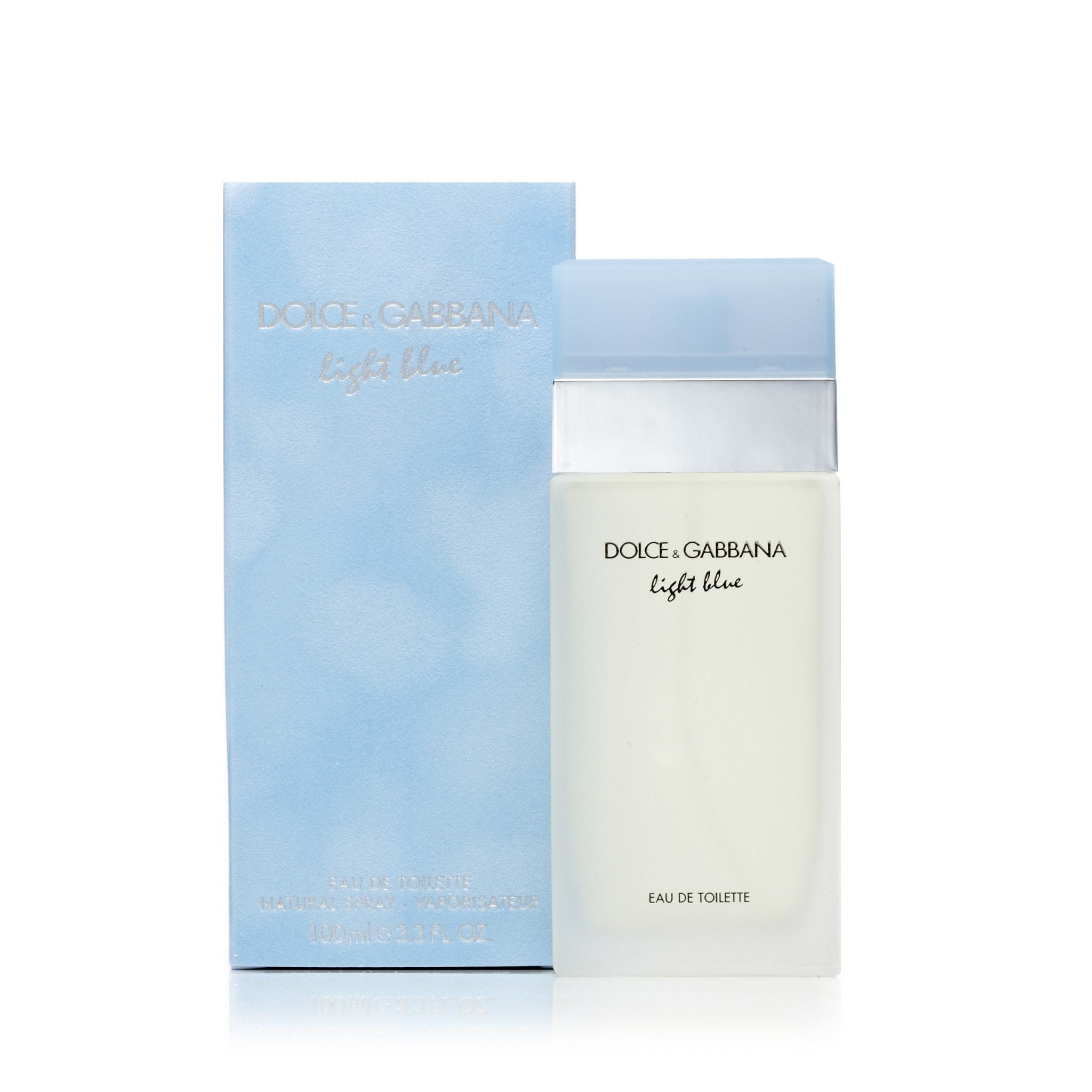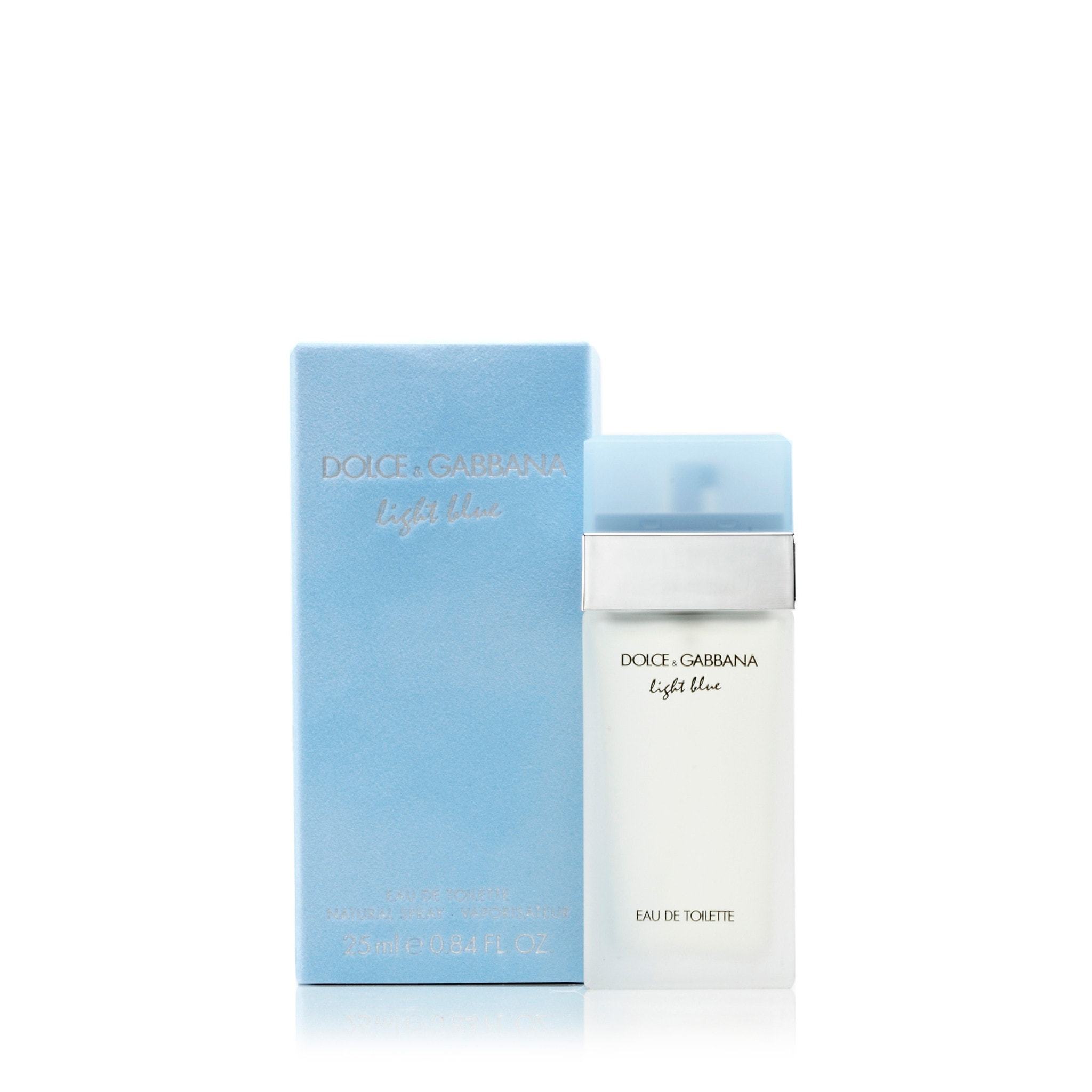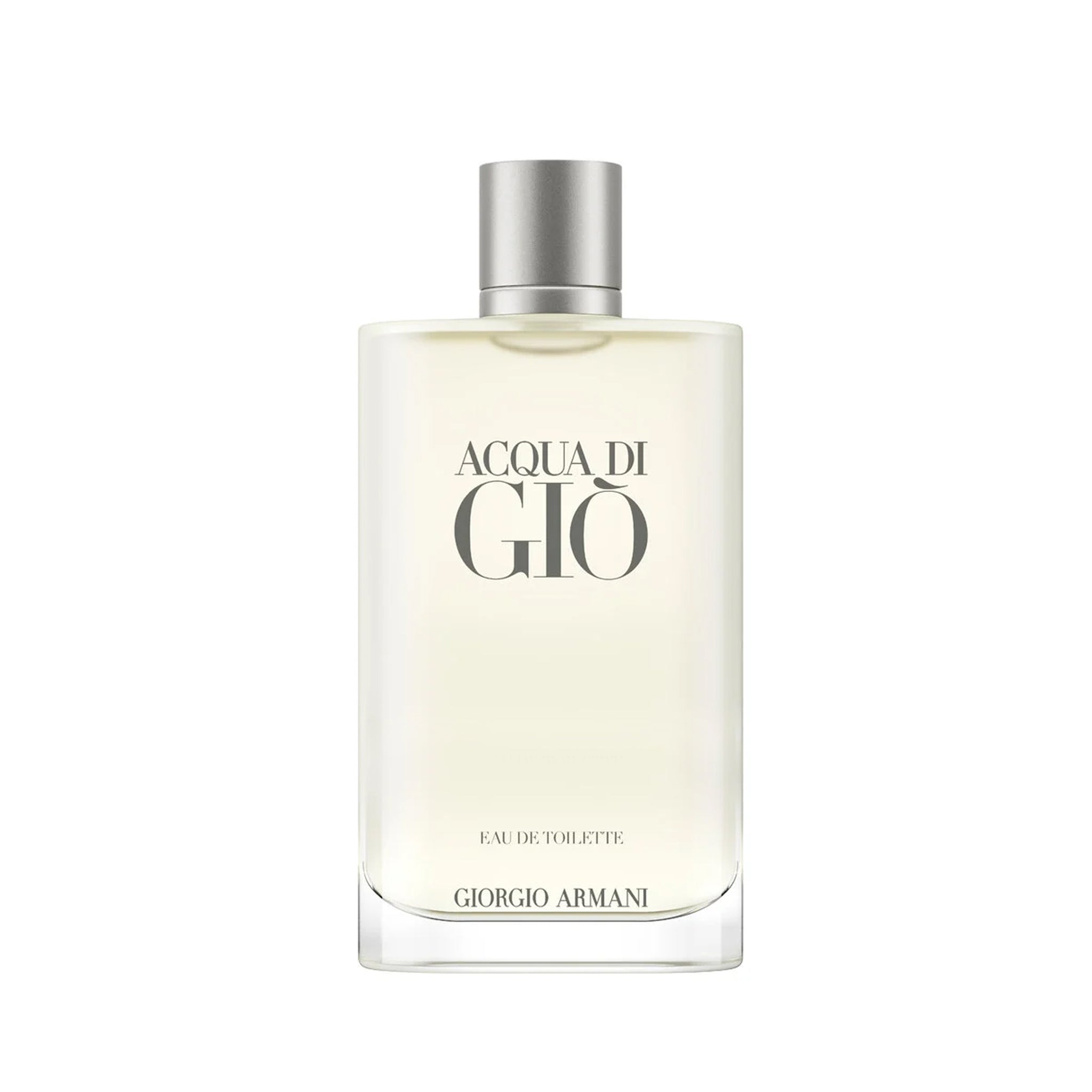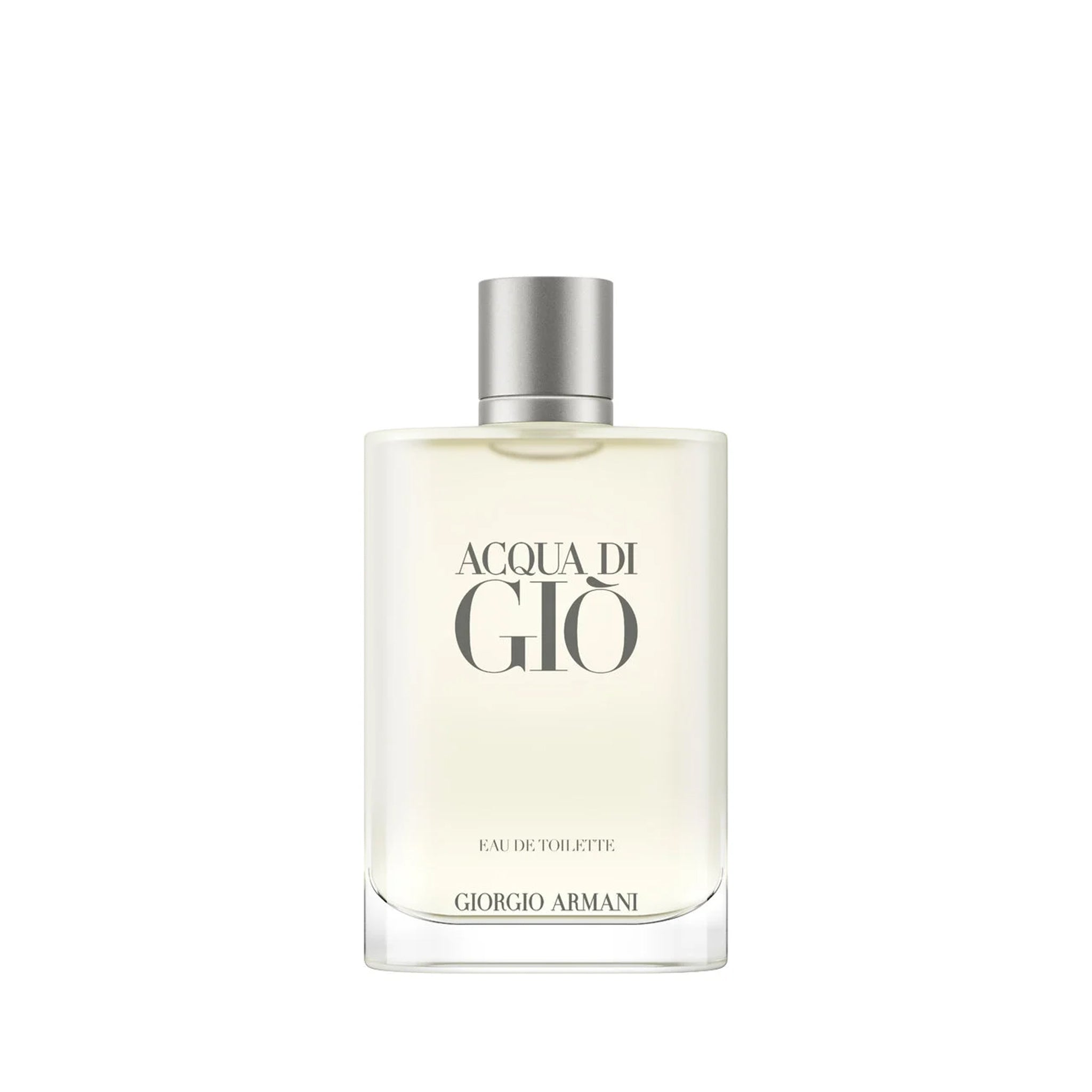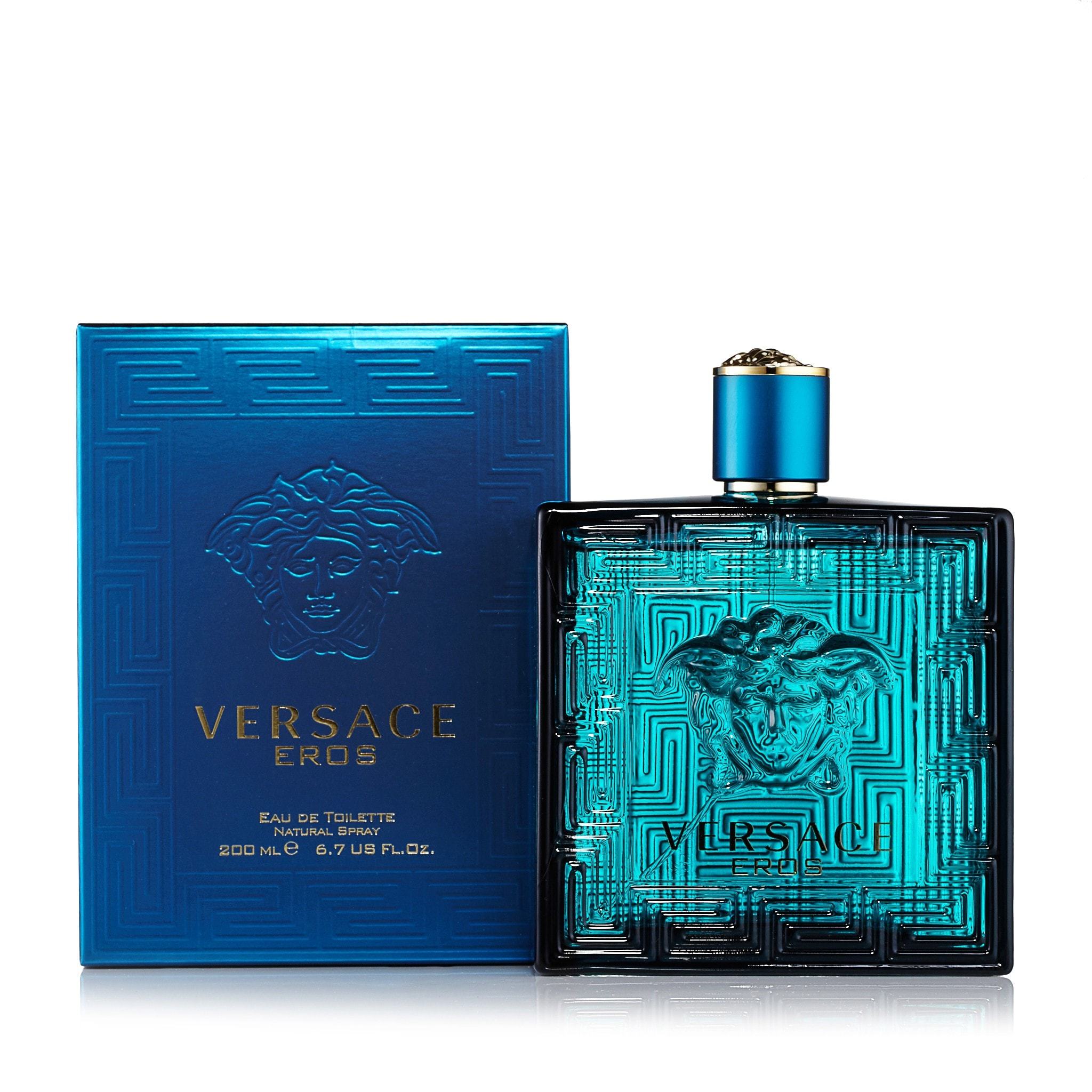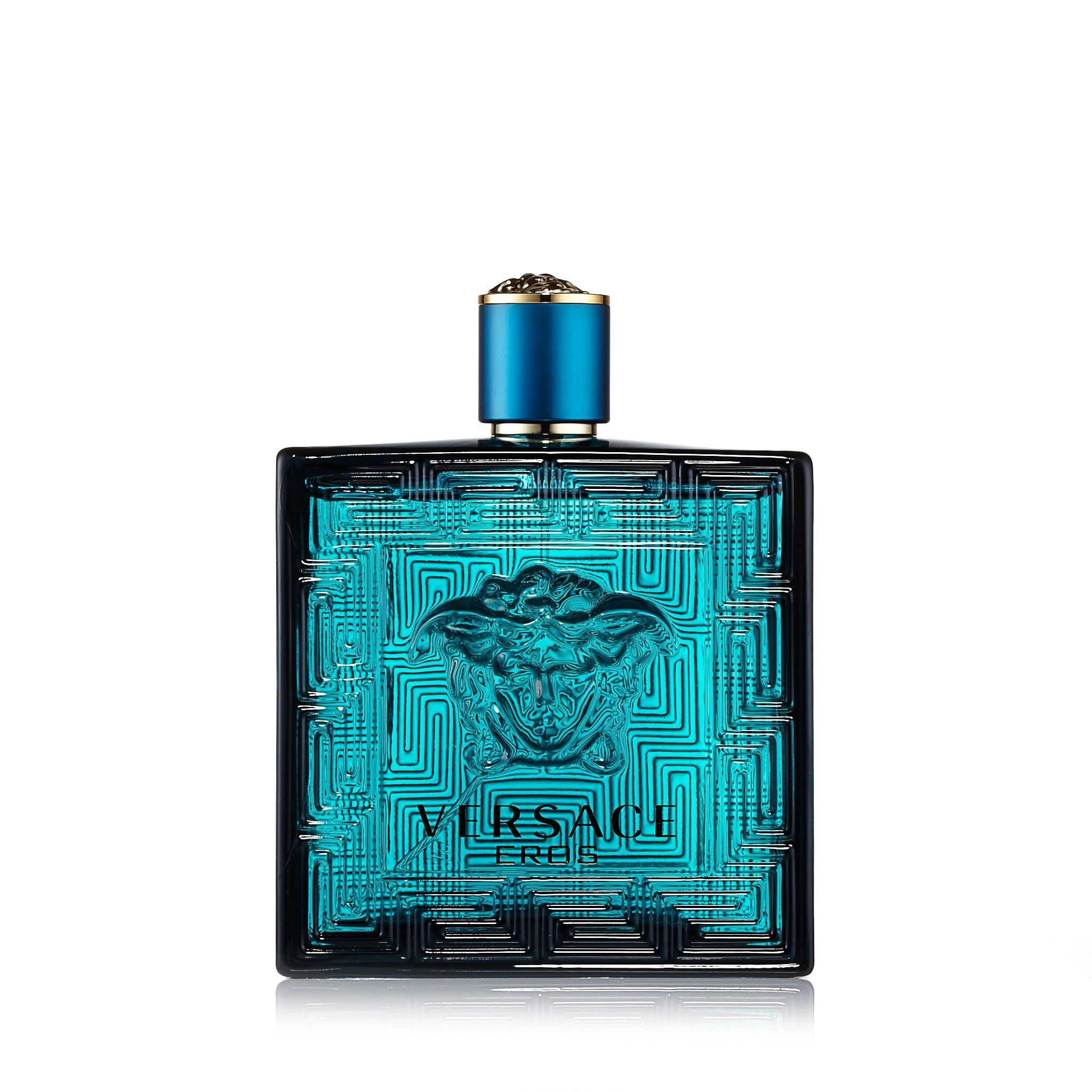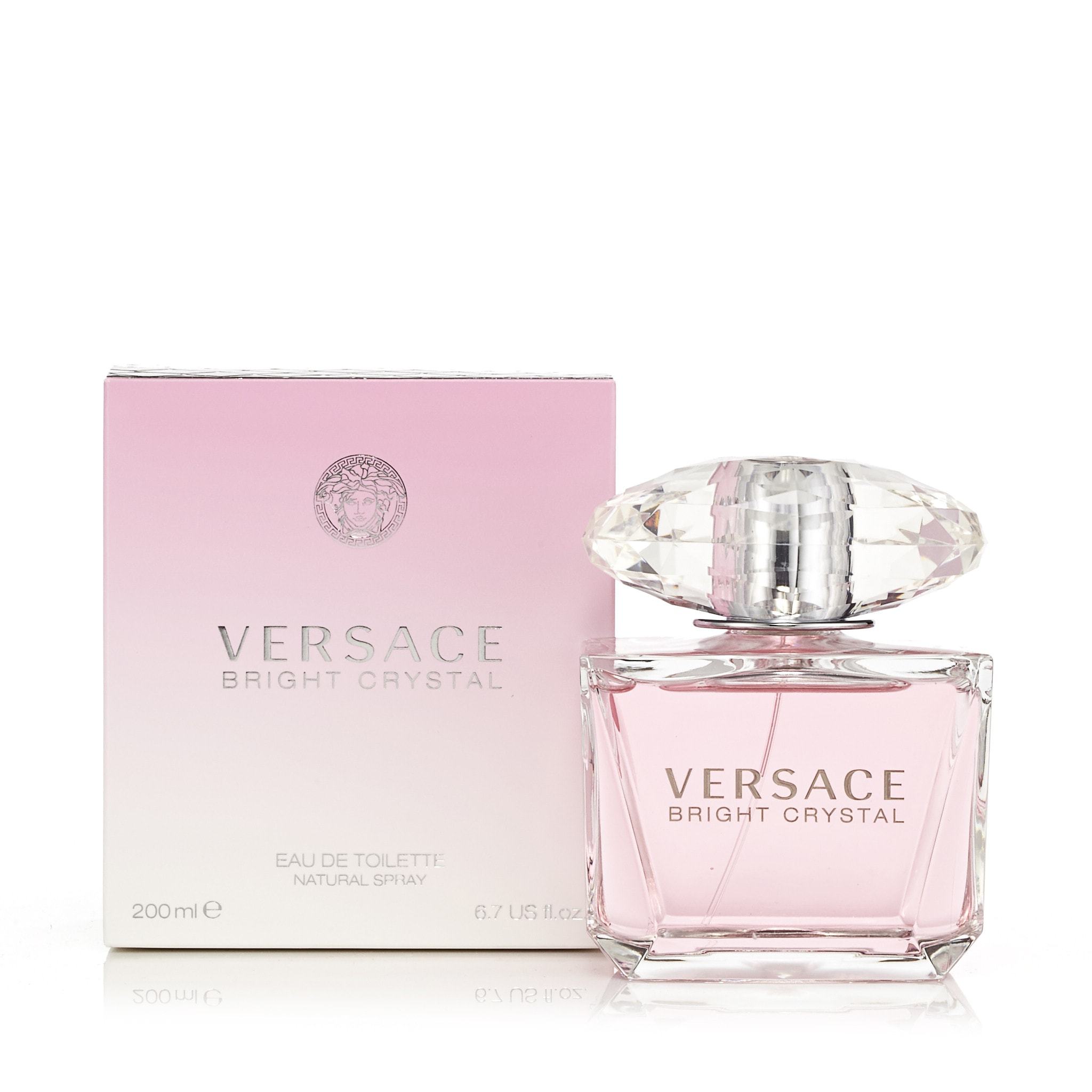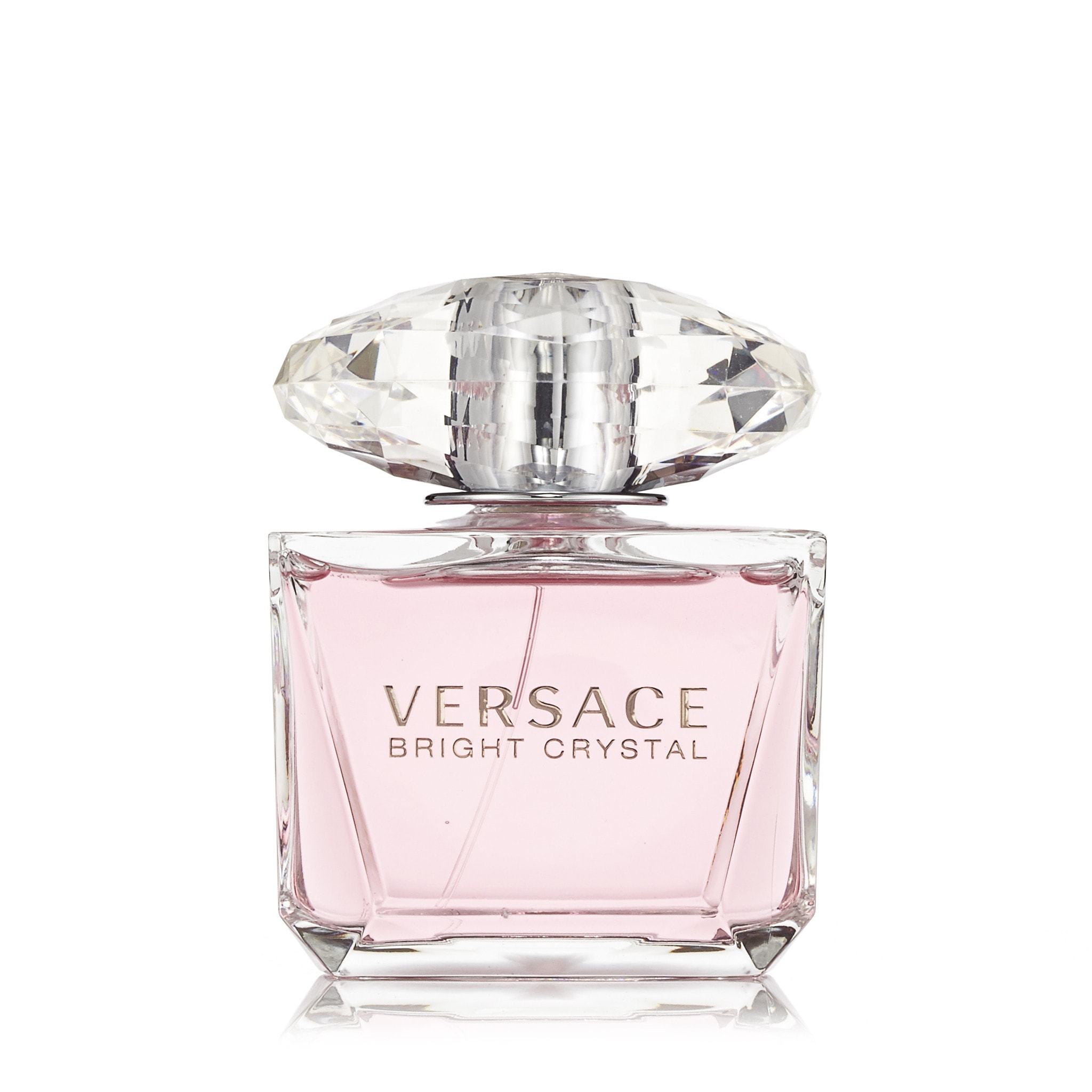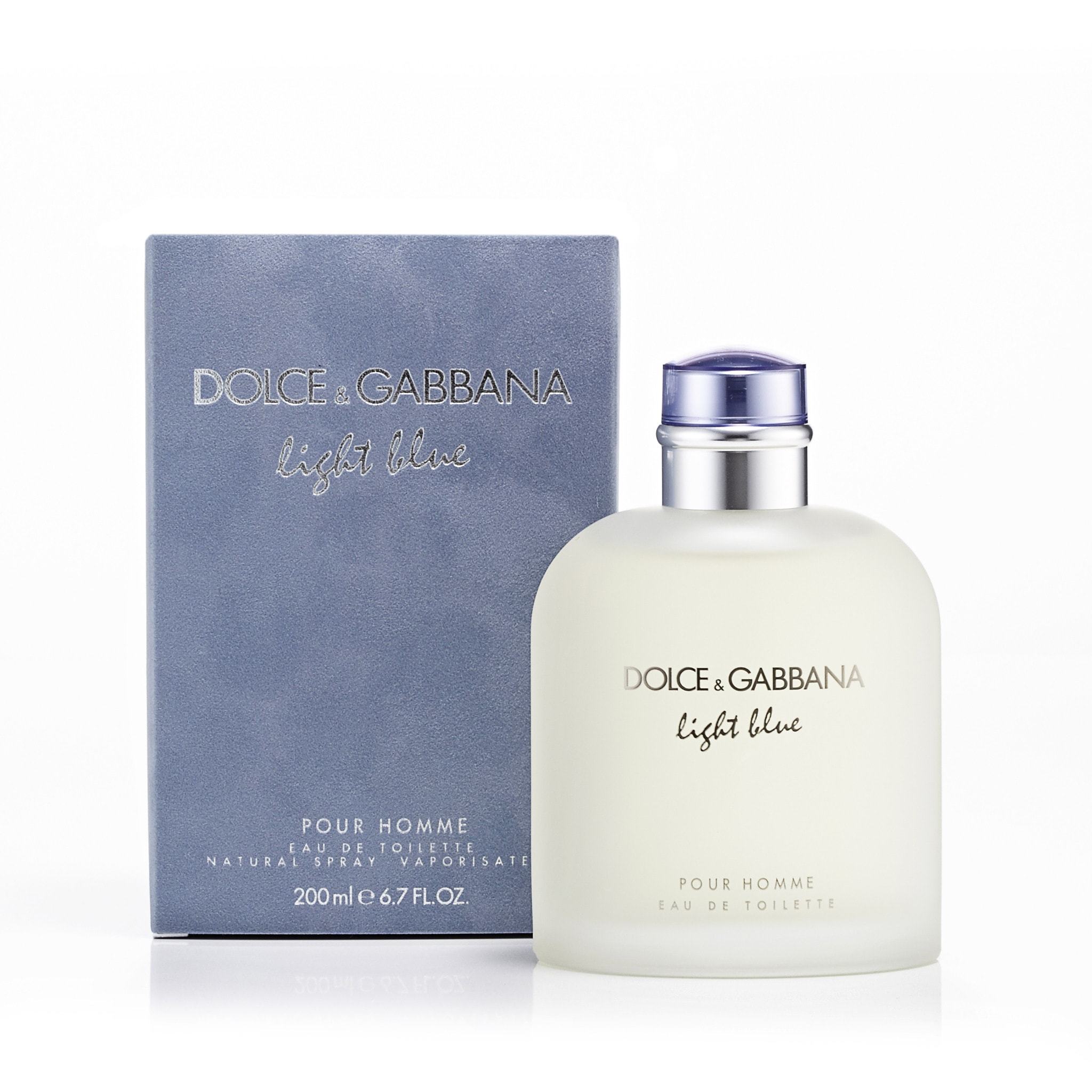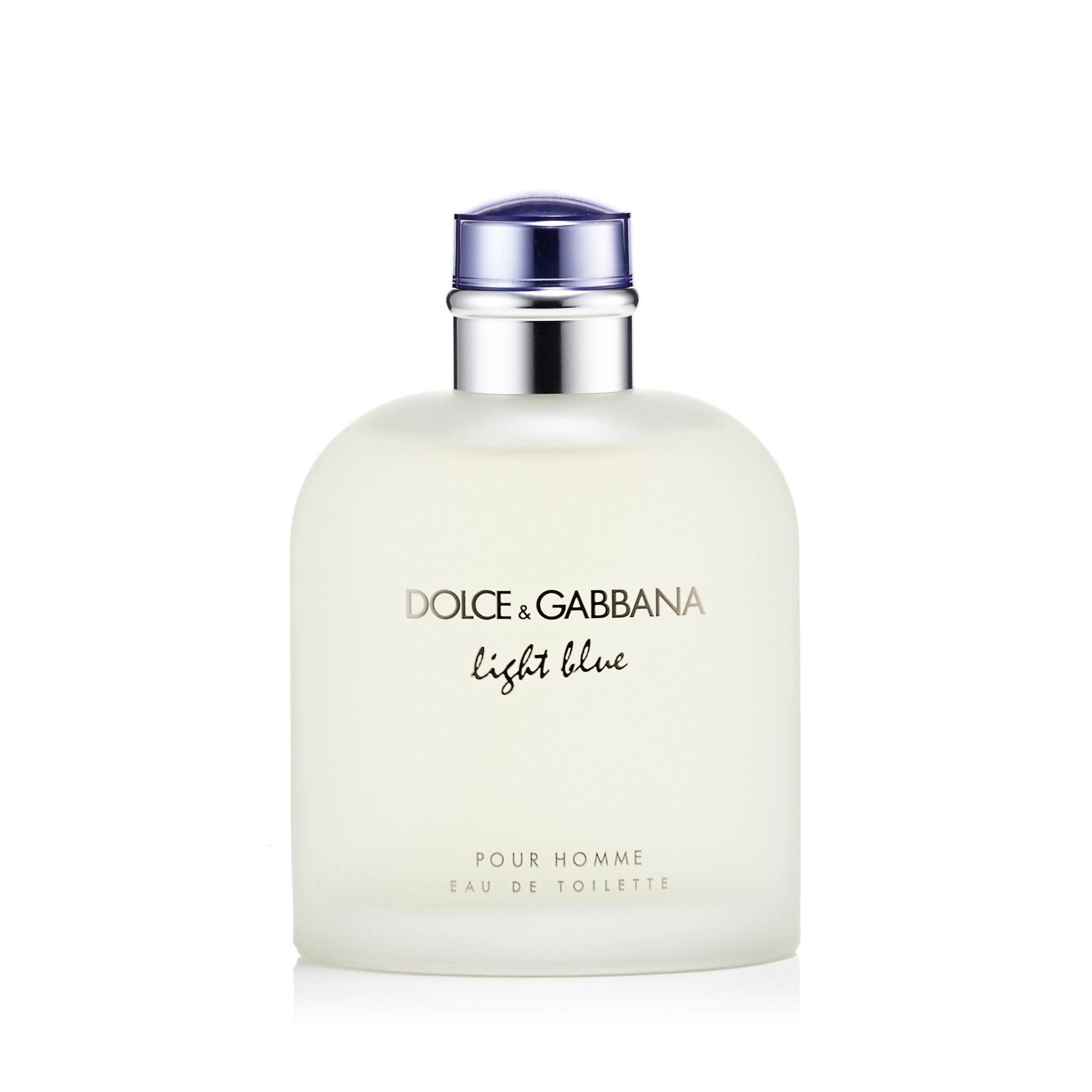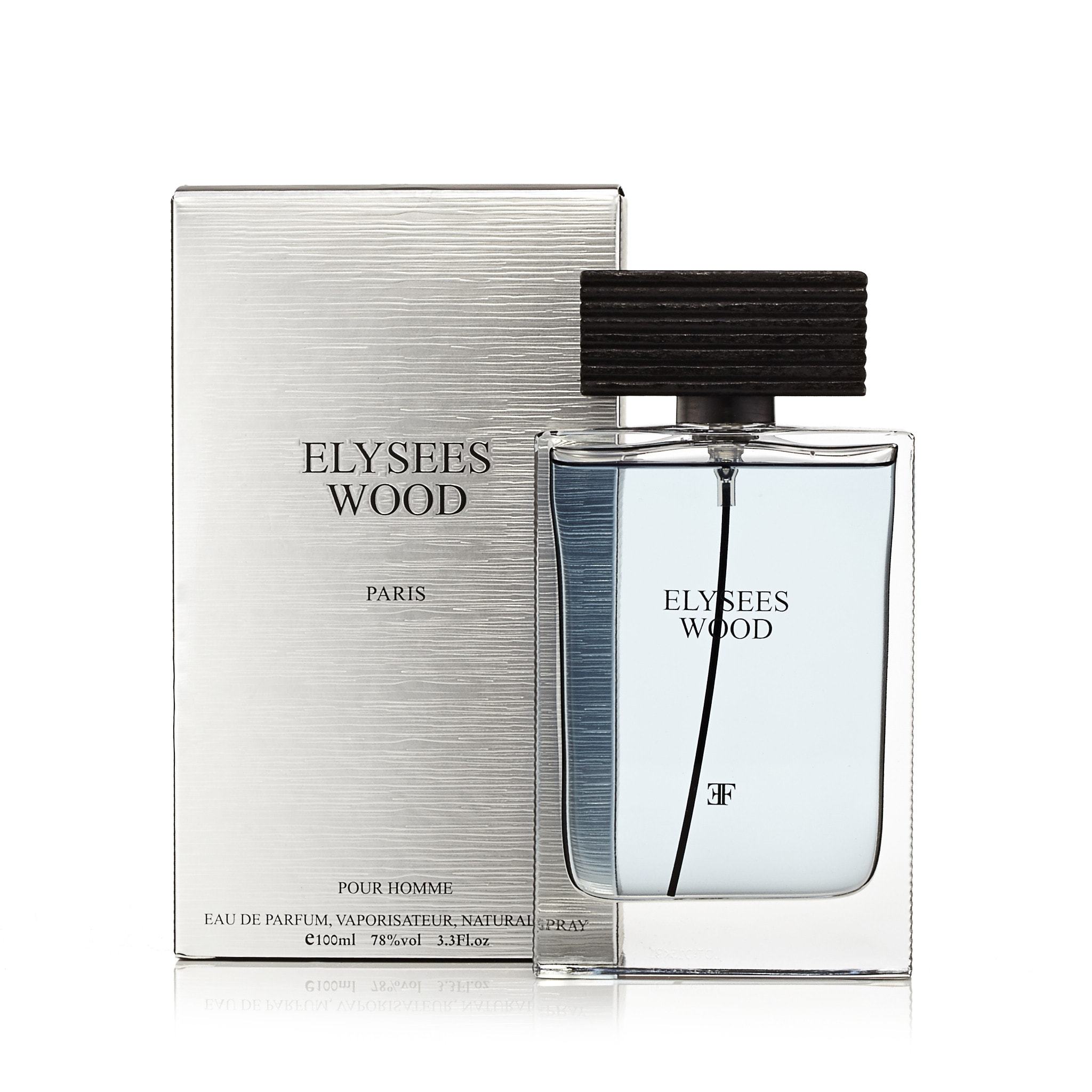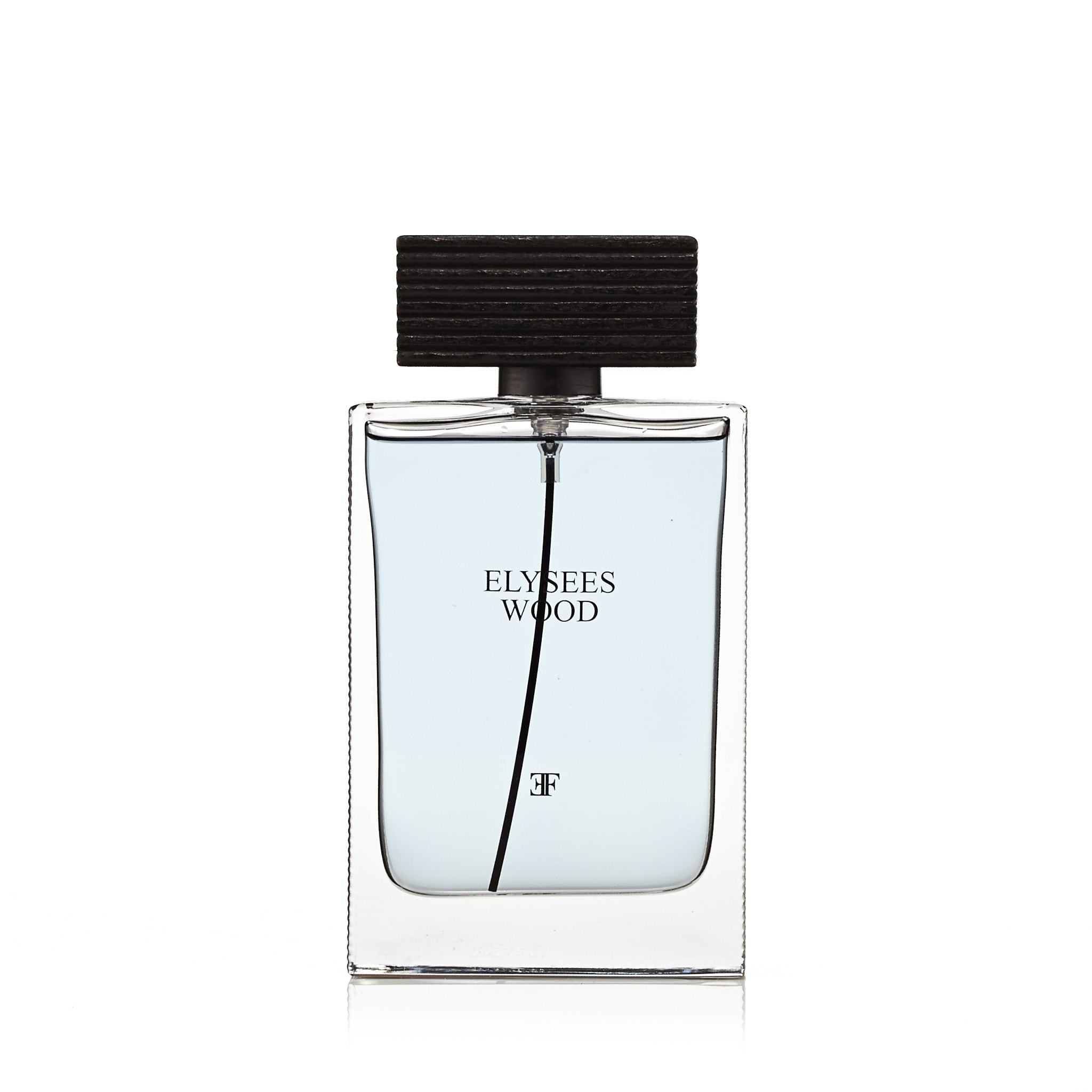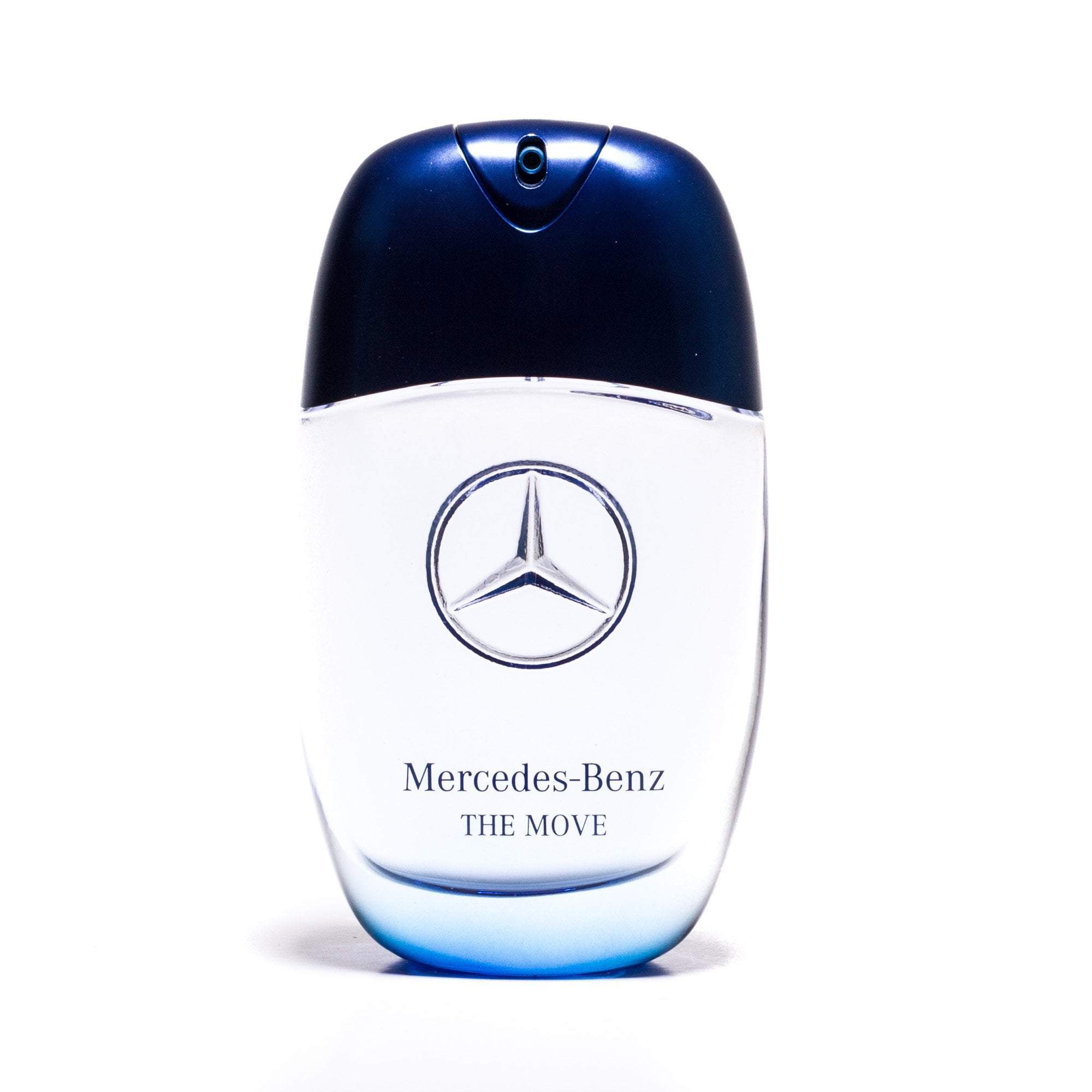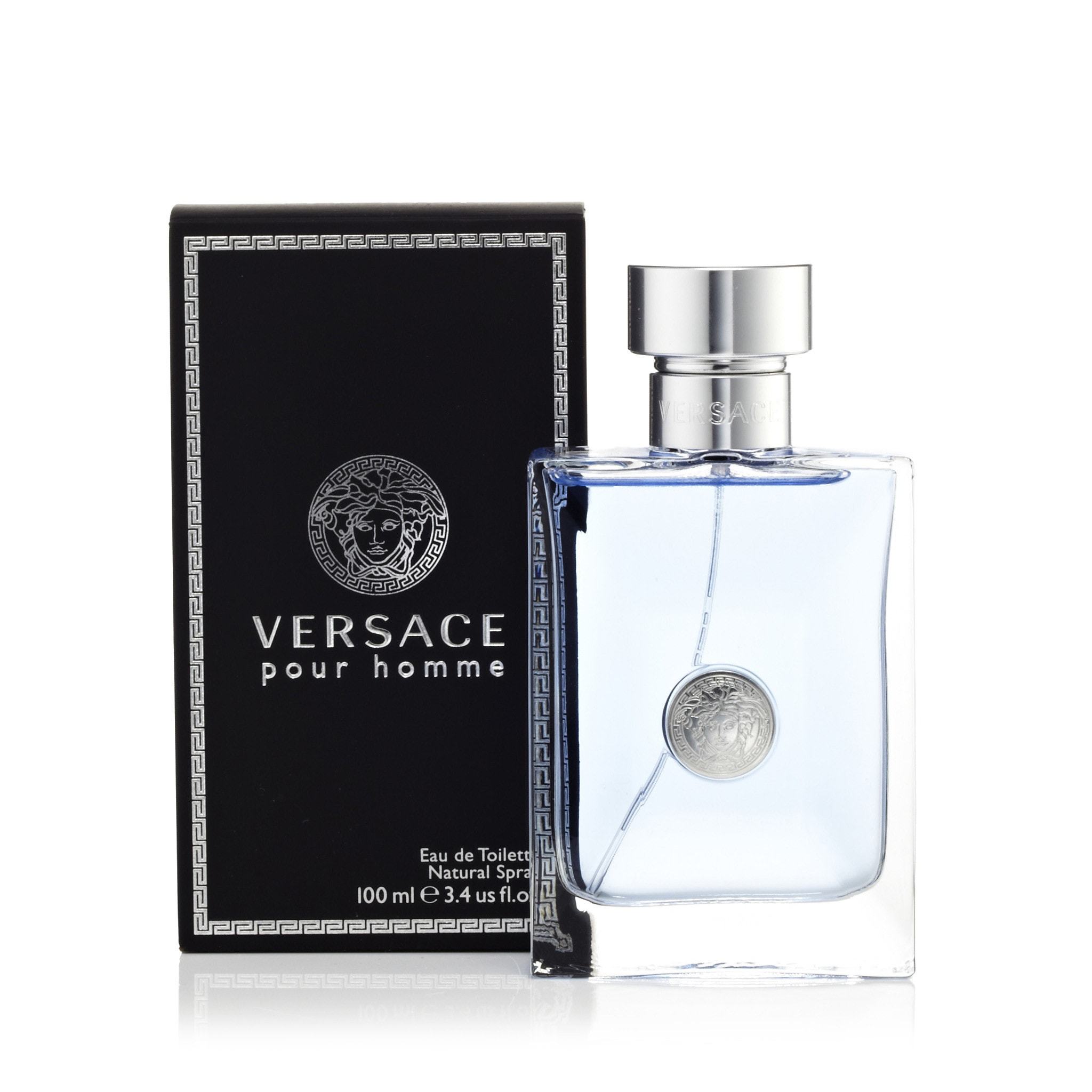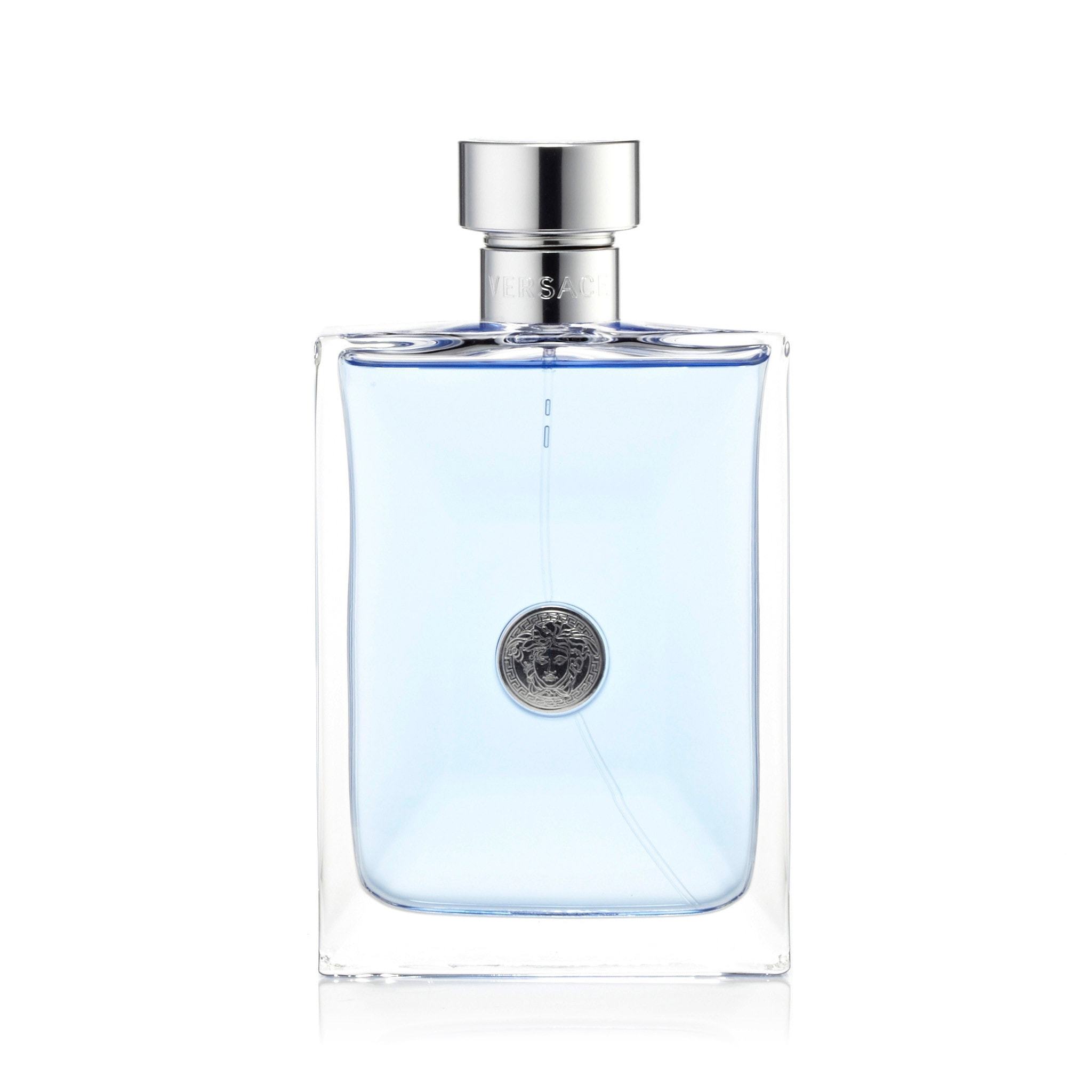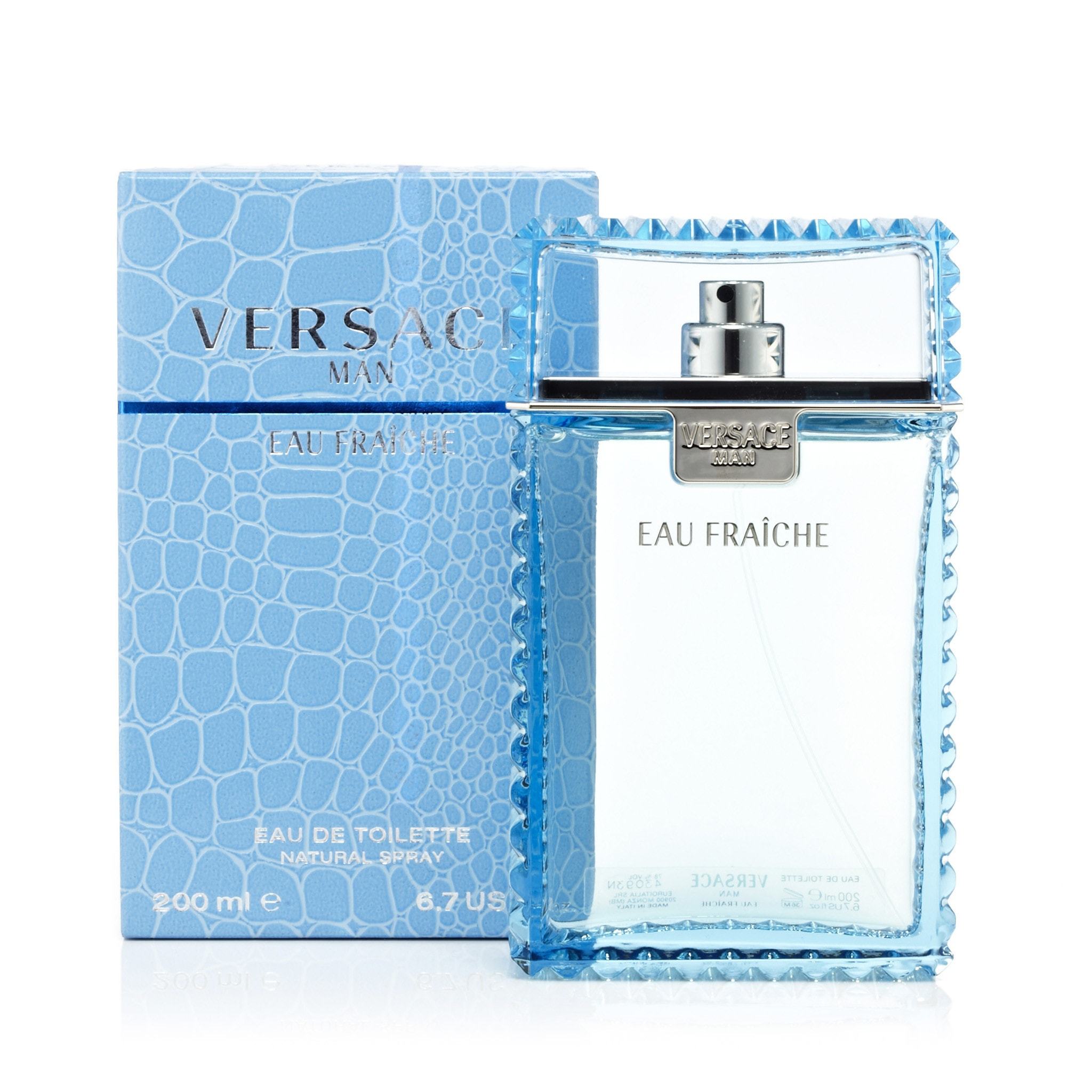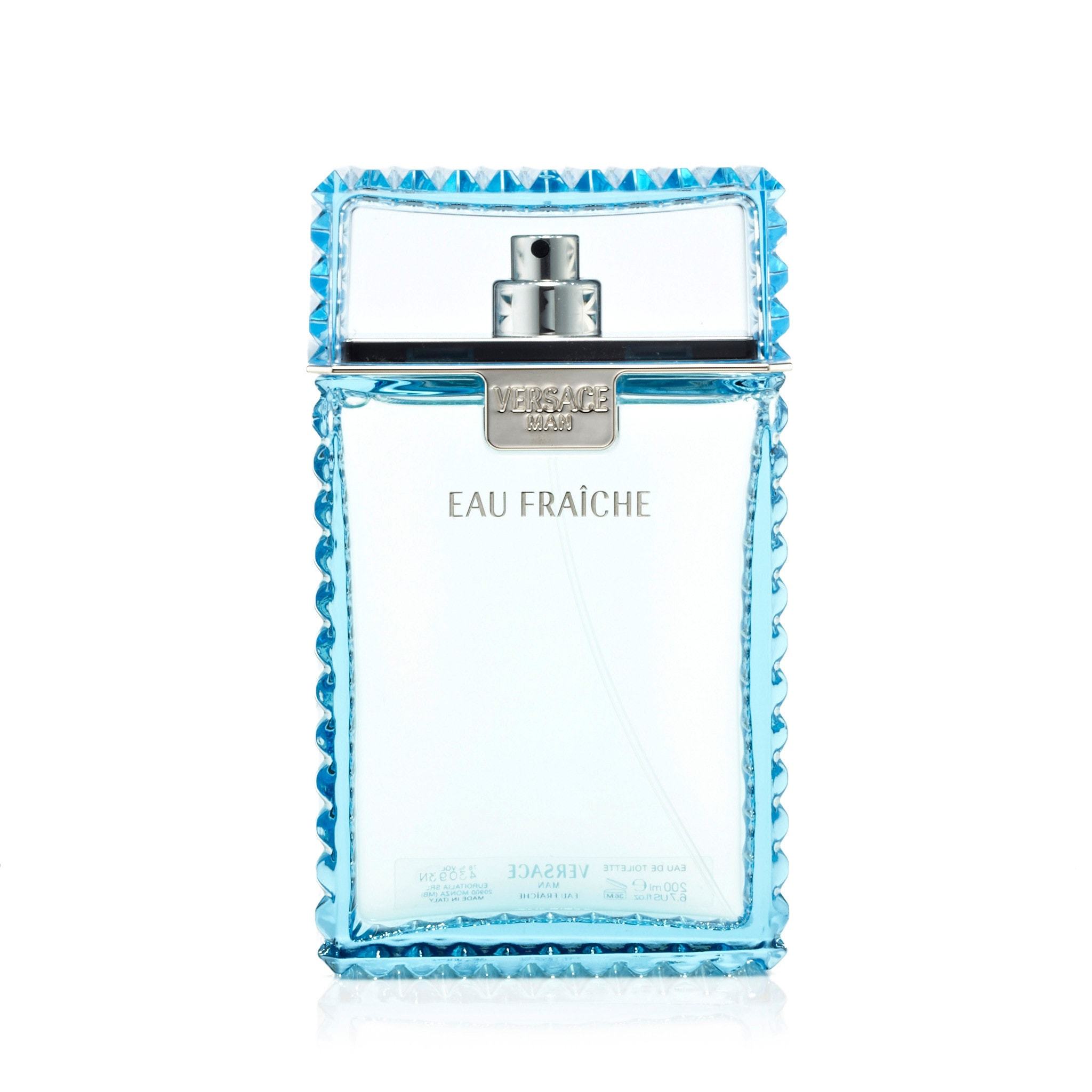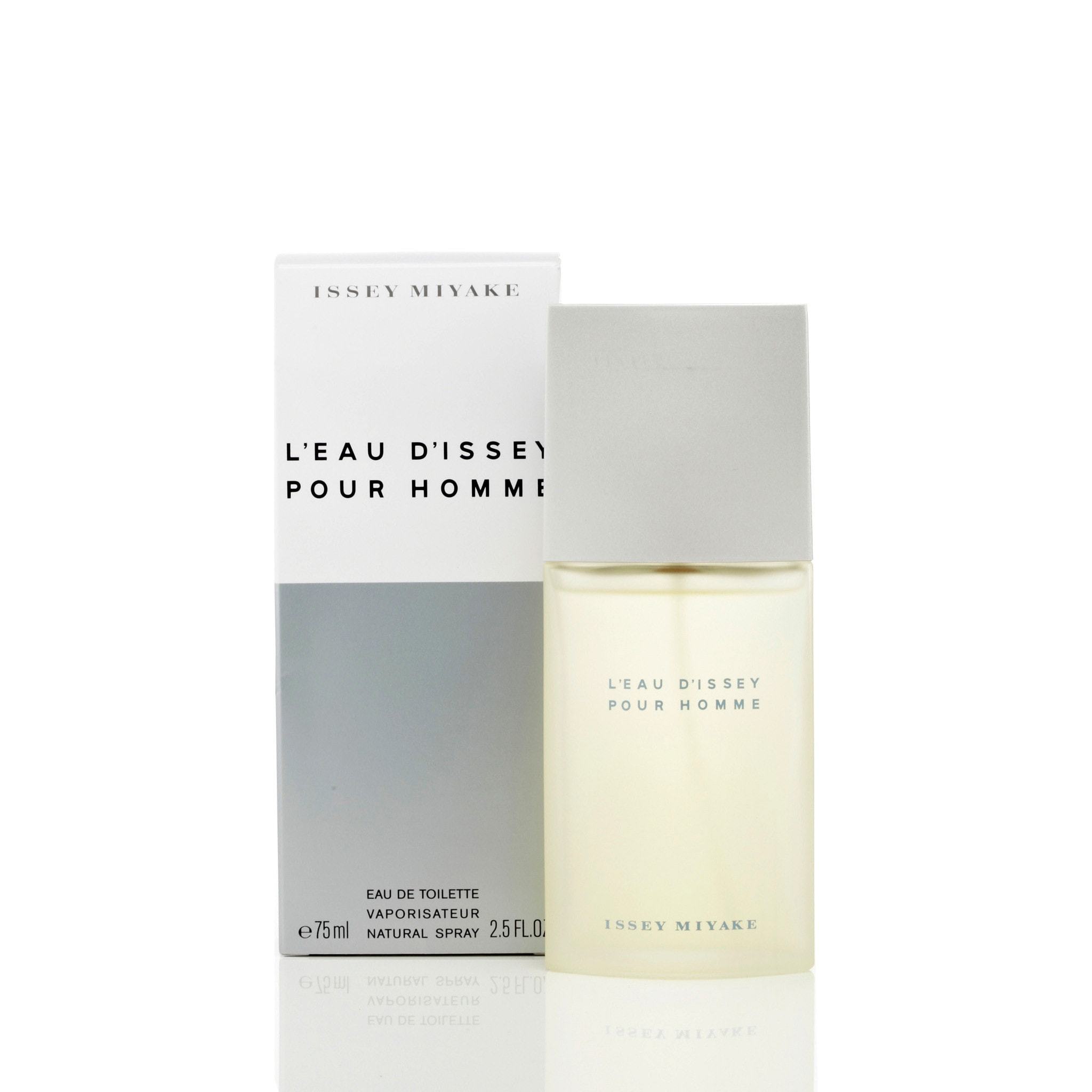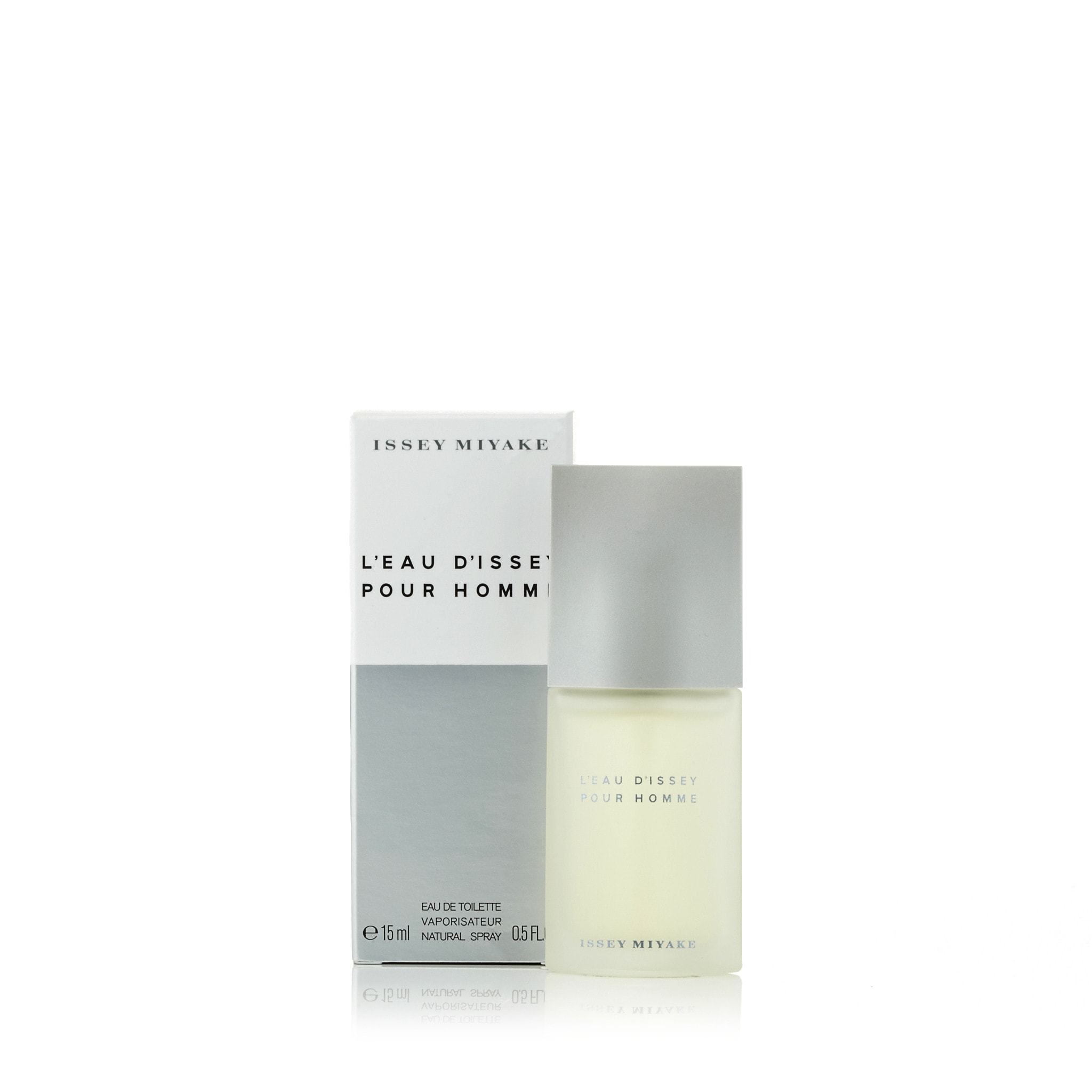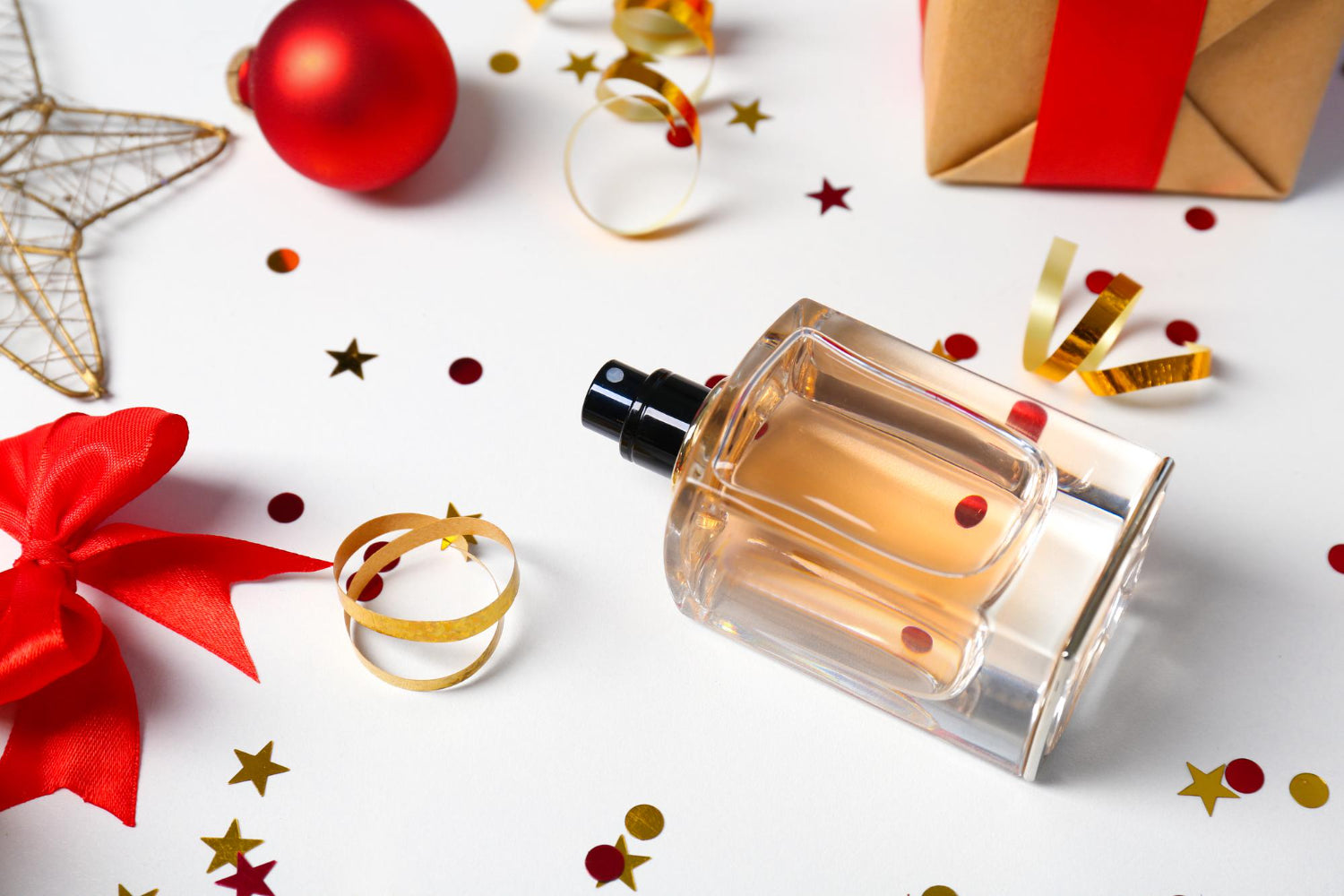The Traditional Binary in Fragrance
Historically, the world of perfume was starkly divided along gender lines. Floral and sweet scents were marketed towards women, while woody and musky fragrances were reserved for men. This binary approach was deeply rooted in societal norms and expectations, reinforcing stereotypes about masculinity and femininity. Perfume advertisements and packaging further entrenched these distinctions, with bottles and campaigns clearly demarcating gender boundaries.
The Birth of Unisex Fragrance
The concept of unisex fragrance emerged in the 1990s, spearheaded by the launch of Calvin Klein's CK One in 1994. CK One was revolutionary in its time, featuring a clean, fresh scent that could be enjoyed by anyone, regardless of gender. This groundbreaking fragrance was marketed with unisex imagery and a message of inclusivity, resonating with a generation eager to break free from traditional norms.
Unisex fragrances like CK One paved the way for a new era in perfumery, challenging the notion that scents should be gender-specific. These fragrances celebrated individuality and personal preference, allowing wearers to choose a scent based on their unique tastes rather than societal expectations.


